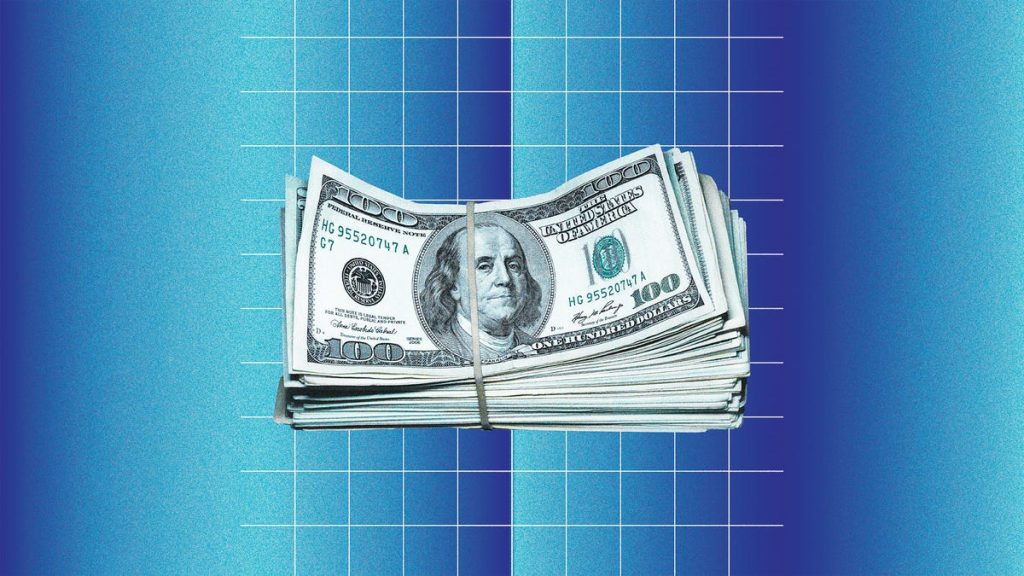The deadline for the first quarterly estimated tax payment for 2024 is coming up, and it’s essential to remember to calculate and send in this payment if you freelance, have a side hustle, work a second job, or have other income not subject to withholding. Making these quarterly payments can help you avoid IRS penalties and minimize your financial burden on tax day. The process of filing estimated taxes can be complex, but understanding the basics is crucial to staying compliant with the IRS.
Estimated taxes are quarterly payments based on your income for the period, allowing you to prepay a portion of your income tax to avoid a large lump sum at tax time. These payments are usually due on the 15th of April, June, September, and January of the following year. Individuals who expect to owe $1,000 or more in taxes when filing their return and fall into specific employment categories are required to make estimated tax payments. This includes independent contractors, freelancers, sole proprietors, and shareholders in S corporations, among others.
Calculating your estimated taxes can be done in several ways, depending on your income and business model. You can estimate your tax burden based on your annual earnings and send one-fourth to the IRS each quarter, along with any self-employment taxes. If your income varies, you can use the IRS Estimated Tax Worksheet to calculate your quarterly payments. Filing your estimated taxes can be done using the 1040-ES form or 1120-W form for corporations and can be paid by mail or online through the IRS website.
In addition to federal estimated taxes, you may also need to pay estimated state taxes if you live in a state that levies income taxes. The deadlines for state estimated tax payments are usually the same as for federal taxes. Failure to pay estimated taxes on time can result in penalties, so it’s crucial to stay organized and aware of your payment deadlines. However, certain individuals may be exempt from making quarterly payments, such as those with very modest income or those who qualify for specific exceptions outlined by the IRS.
Overall, understanding the process of filing and paying estimated taxes is essential for individuals who have income not subject to withholding. By staying on top of your quarterly payments and meeting deadlines, you can avoid penalties and ensure compliance with IRS regulations. Consulting with a tax adviser or using tax software can help simplify the process and ensure that you accurately calculate and submit your estimated tax payments on time.


